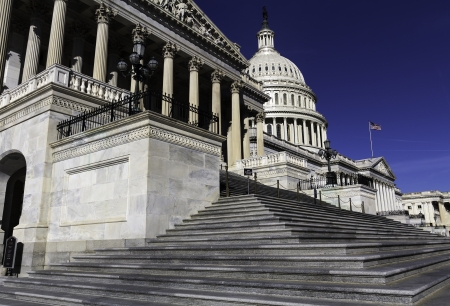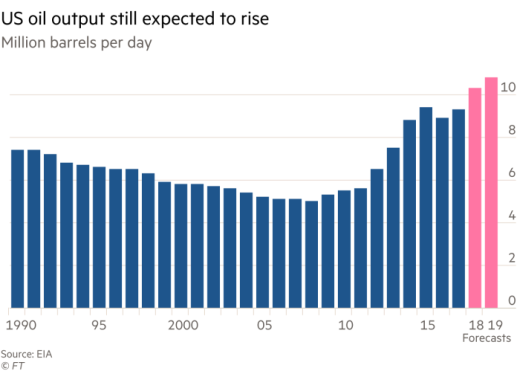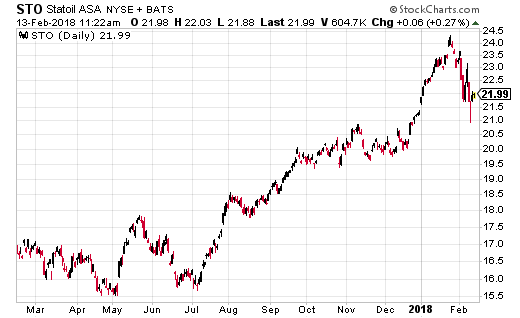Crypto is in a tough spot…
One of those lousy, unsought, “damned if you do, damned if you don’t” spots.
You see, it needs a well-thought-out and fair regulatory regime.
And it needs the government to get it right.
What Are the Chances?
Man, that’s a big ask.
It’s like inviting Uncle Sam to tax your money but not too much… to raise the interest rates but not too much… to shrink government but not too much…
How do you arrive at “too much” or, for that matter, “too little”?
Chances are, when you invite the government into your personal or professional life, you usually regret it.
You simply don’t expect them to get this stuff right.
What I hope for?
That they don’t get it completely wrong.
That’s what I’d like with crypto.
It’s pretty clear that the government wants to throw the hammer down on scamsters and schemers…
What the SEC calls “bad actors.”
Great. I agree with the SEC when it says that a thinly traded and volatile market is ripe for fraud from many different actors.
Question is, can it do this and also maintain a light touch?
Can it choose its targets with a minimalist approach?
Can it regulate what is absolutely necessary and leave the rest alone?
As I said, it’s a big ask.
Some Surprising and Not-So-Surprising Signs
Ninety-nine times out of 100, the answer is “of course not.”
But this time may be different.
The government has recently shown surprising signs of NOT wishing to drown the crypto sector in overly restrictive regulations.
A great sign?
It came from the chairman of the Commodities Futures Trading Commission (CFTC) in a recent Senate hearing. He said that “do no harm” was the right approach for distributed ledger technology…
Just as it was some 40 years ago for the internet.
The SEC has also chipped in with some surprisingly sensible statements. A recent one said that ICOs “can be effective ways for entrepreneurs and others to raise funding.”
This is real ground for optimism.
But, alas, the government has also been sounding… well, like what we’ve come to expect from Washington.
Consider these statements that come from Congressional testimony and an article co-written by SEC Chair Jay Clayton and CFTC Chair Frank Giancarlo…
- “We are disturbed by many examples of form being elevated over substance, with form-based arguments depriving investors of mandatory protections.”
- “Cryptocurrencies are now being promoted, pursued and traded as investment assets, while their much-touted utility as an efficient medium of exchange is now a ‘distant secondary characteristic.’”
- “Experience tells us that while some market participants may make fortunes, the risks to all investors are high. Caution is merited.”
- “The SEC is devoting a significant portion of its resources to the ICO market.”
- “The SEC has made it clear that federal securities laws apply regardless of whether the offered security – a purposefully broad and flexible term – is labeled a ‘coin’ or ‘utility token’ rather than a stock, bond or investment contract.”
- “Simply calling something a ‘currency’ or a currency-based product does not mean that it is not a security.”
- “Market participants should treat payments and other transactions made in cryptocurrency as if cash were being handed from one party to the other.”
Don’t get me wrong.
None of these statements are unreasonable.
They point to three valid concerns…
First, frivolous ICOs created by so-called entrepreneurs wishing to make a quick buck need to be reined in.
Second, fraudsters need to be identified and prosecuted.
And third, companies can’t circumvent security regulations merely by calling their coins “utility tokens” or a currency.
What Makes Me Nervous?
It’s what they said about “Main Street” investors…
[Our] concern [is] that too many Main Street investors do not understand all the material facts and risks involved.
This is classic Big Brother – “we’ve got to protect the little guys from their own ignorance” – talk.
I was inundated with this kind of talk when startup investing was limited only to accredited investors.
It took several years for the SEC to get off its hindquarters and extend startup investing opportunities to EVERYBODY, as the JOBS Act intended.
But there’s no JOBS Act here.
The government is free to act in the name of investor protection to limit and even bancryptos and ICOs.
What Will the Government Do?
A hint came last September.
The SEC’s new Cyber Unit will “recommend enforcement actions” relating to cryptocurrencies against those who violate securities laws.
So it looks like the SEC is shifting into a more aggressive approach.
But then there’s this hint…
In testimony to the Senate, the SEC said it would apply the same “facts and circumstances” analysis to determine whether ICOs and cryptocurrency markets should be classified as securities.
Instead of a broad crackdown on ICO activity, the SEC plans to continue enforcement on a case-by-case basis.
So perhaps not so aggressive, after all.
Some may even call this approach “balanced.”
Which, to me, is just another way of saying it can’t last.
A Leap in the Making
Blockchain technology is allowing us to make the leap from systems based on trust in people and institutions to trust in math.
One recent crypto roundtable chose this motto for its conference: “No leaders. No rulers. In code we trust.”
Meaning…
The government is NOT to be trusted. The banks are NOT to be trusted. Fiat money is NOT to be trusted.
And individuals with wealth or power? NOT to be trusted.
How much longer can the government remain “balanced” in the face of such a radical creed?
Blockchain technology has already created much wealth among its creators and adherents. It’ll create much more when it commercializes and scales.
So before answering, we need to acknowledge another question lurking below the surface…
How much longer can it remain committed to disrupting the existing financial order and replacing fiat money?
History says not long.
The blockchain is something new and potentially powerful.
Who will be the ones to unleash its power?
The government? The banks?
Or people who distrust both but trust code?
Nobody knows. If somebody tells you they do, they’re lying.
We all have a vision of how the world could change for the better, and it’s always according to our own principles.
So I’ll leave you with a bit of wisdom from the Liverpudlian gang, circa 1968…
You say you want a revolution
Well, you know
We all want to change the world
You tell me that it’s evolution
Well, you know
We all want to change the world.
Okay, they didn’t have crypto in mind.
But, from the sound of it, they could have.
Good investing,
Andy Gordon
Co-Founder, Early Investing
Can a $10 Bill Really Fund Your Retirement? The digital currency markets are delivering profits unlike anything we’ve ever seen. 23 recently doubled in a single week. And some like DubaiCoin have jumped as much as 8,200X in value in 18 months. It’ unprecedented... but you won’t receive any of the rewards unless you put a little money in the game. Find out how $10 could make you rich HERE.
Source: Early Investing



